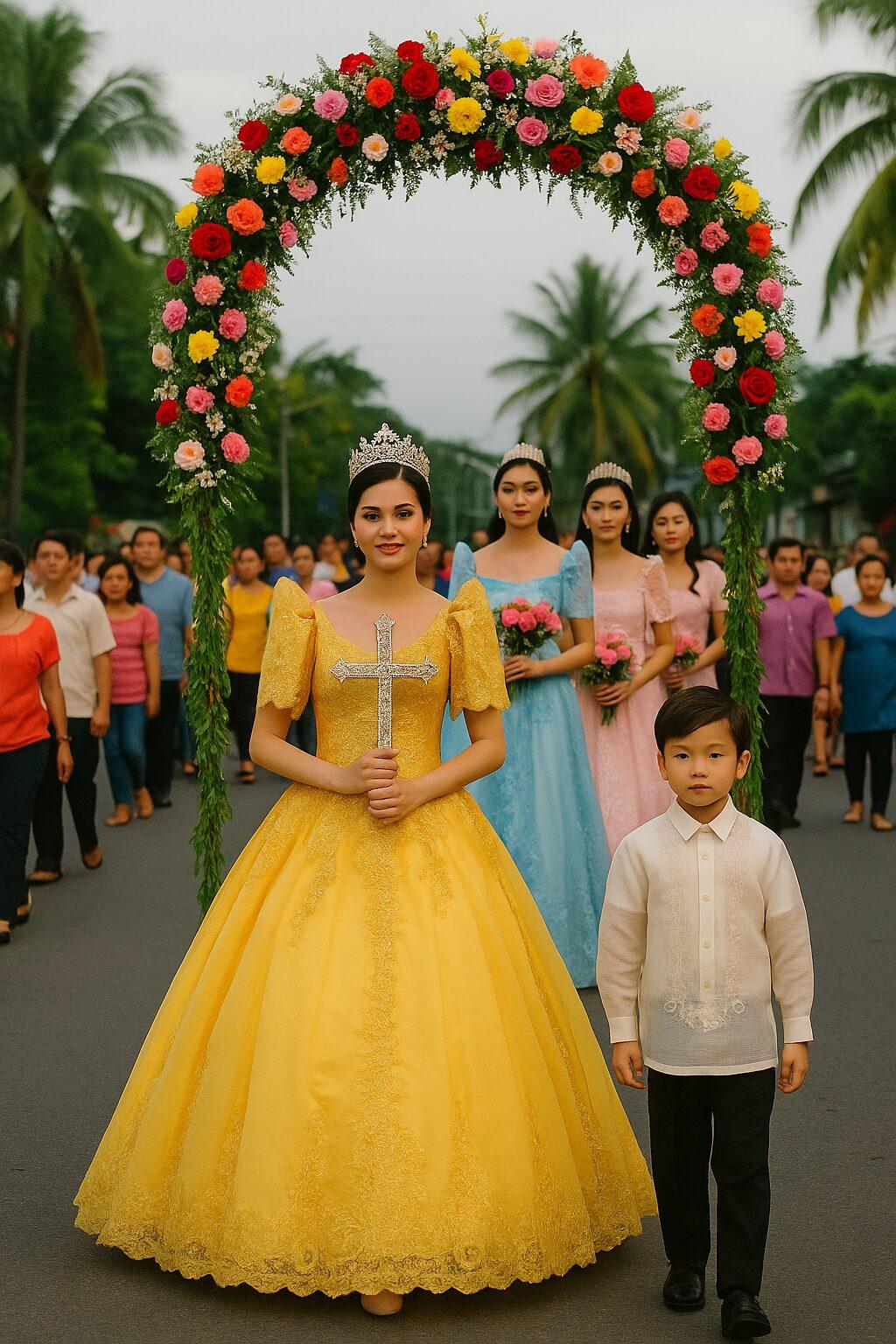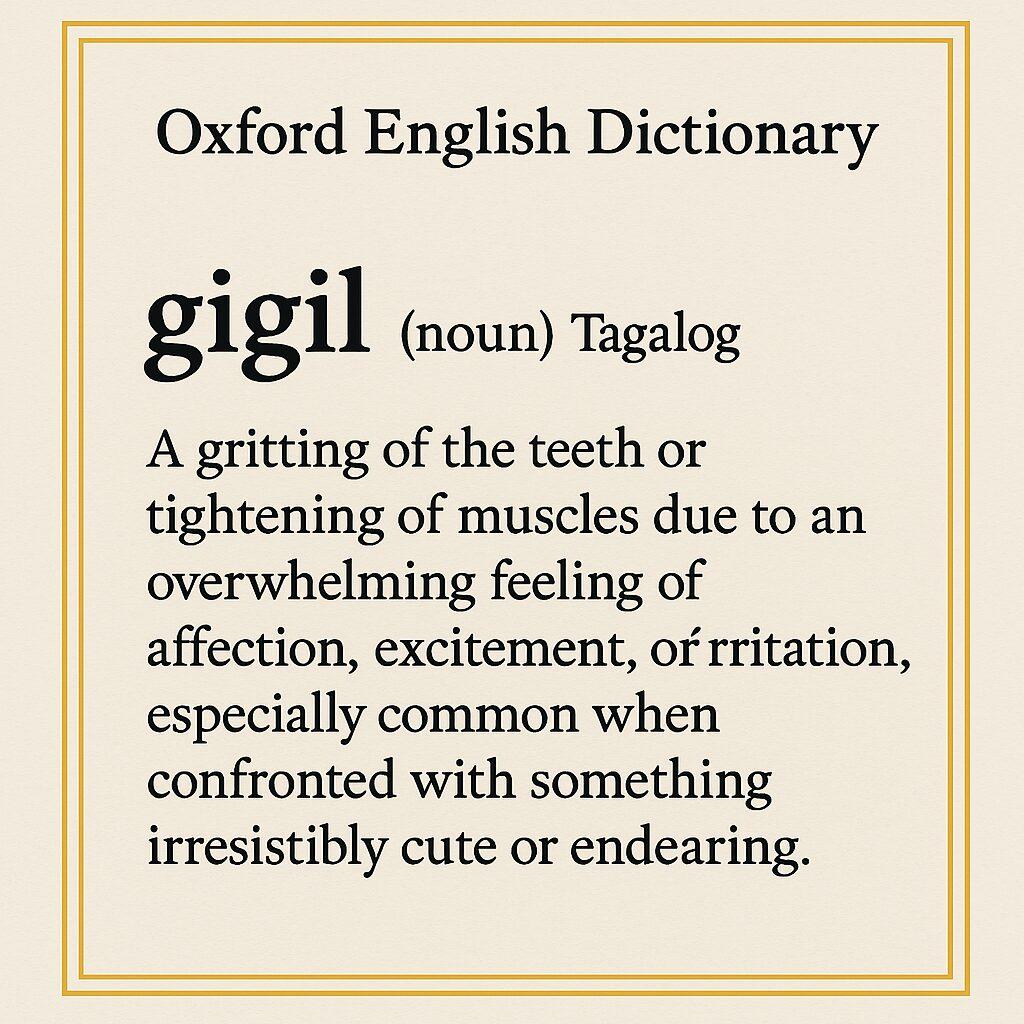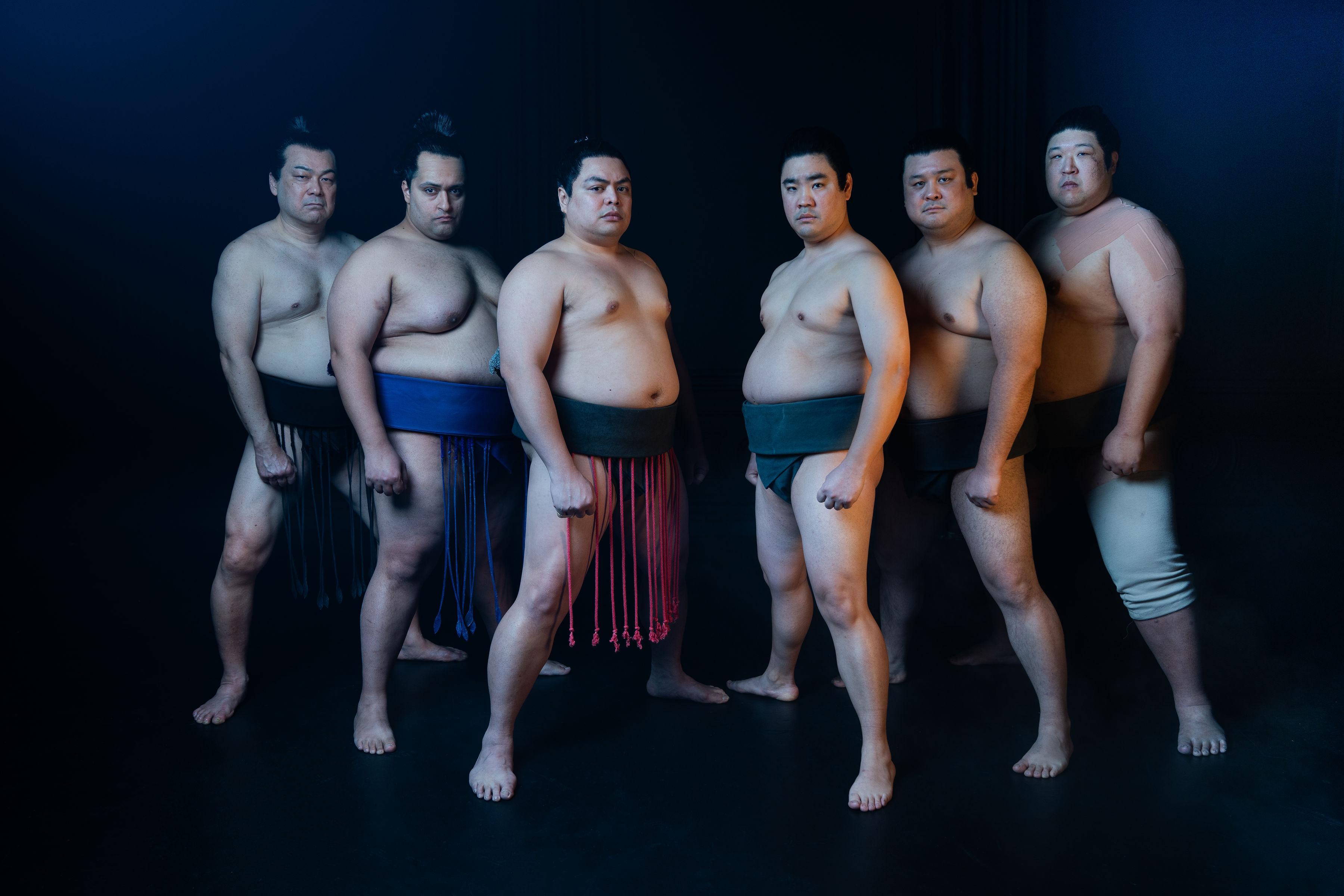by Cecilia Gaerlan / Bataan Legacy Historical Society
5th Conference on WWII in the Philippines on Sept. 28 at the Univ. of San Francisco
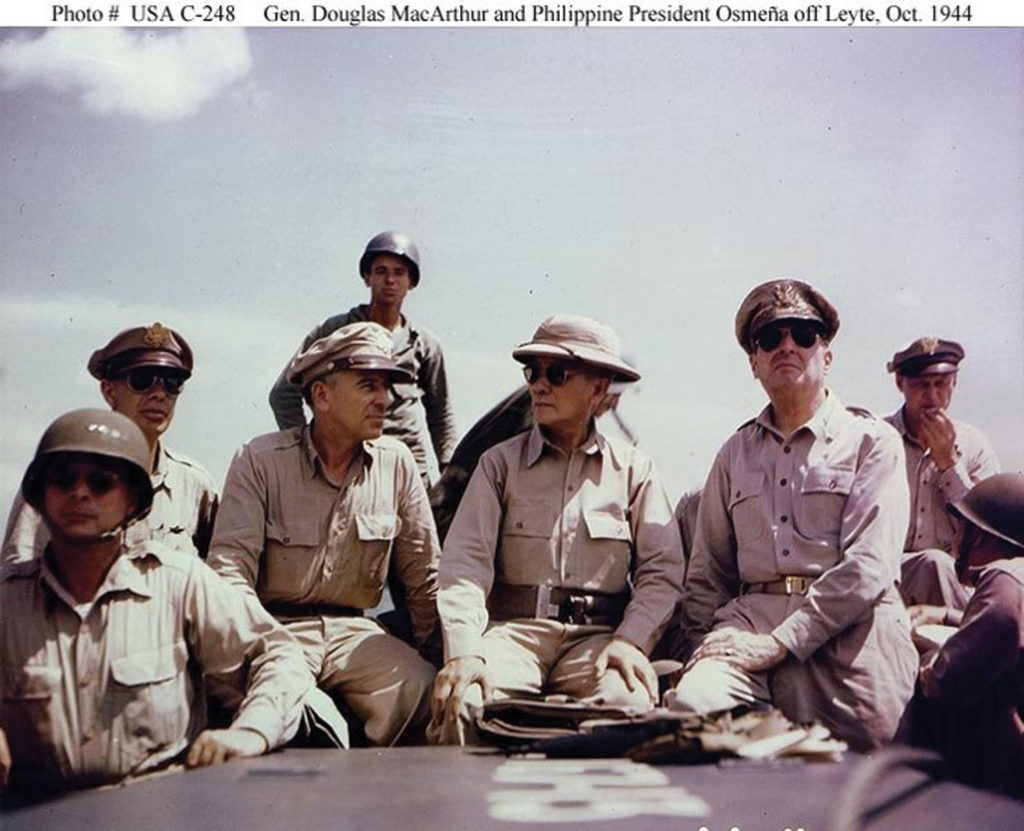
Seventy-five years ago General Douglas MacArthur fulfilled his long-awaited promise of “I Shall Return” to the Filipino people. The landing on the shores of Leyte by General MacArthur’s six divisions has been well documented and ingrained in Philippine history especially with his famous words, “People of the Philippines, I have returned! By the grace of Almighty God, our forces stand again on Philippine soil.”
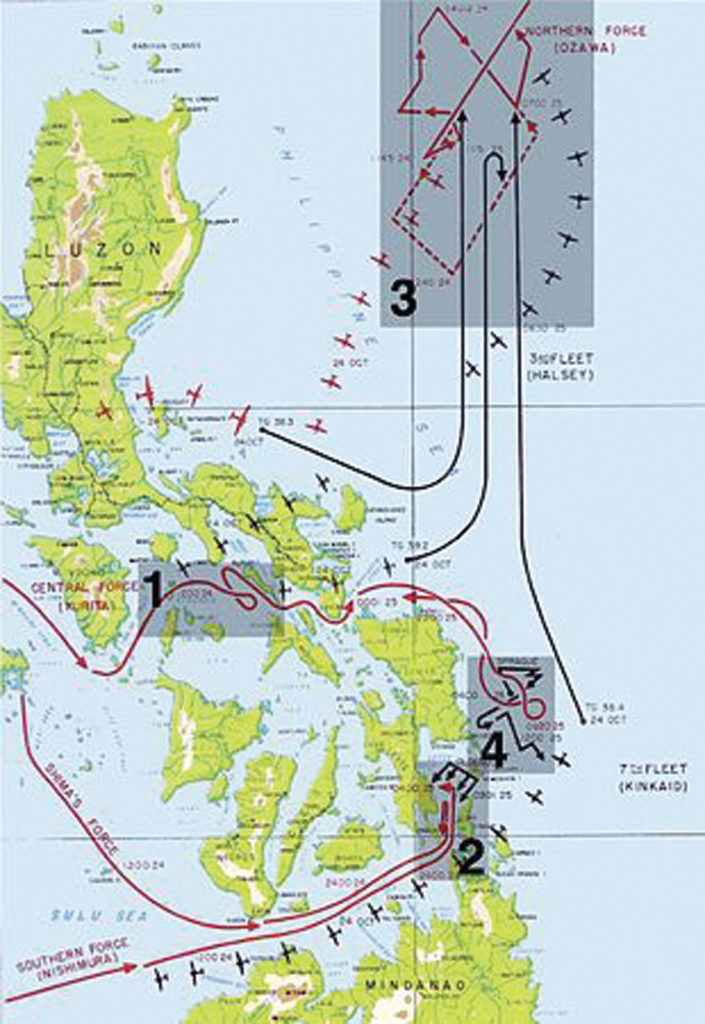
Leyte Landing actually began not in Leyte but on the islands of Suluan (Eastern Samar) and Sinagat (formerly part of Surigao del Norte) when troops from the 6th Rangers landed around 8:05 on October 17, 1944. It was not until 13:30 on October 20, 1944 when General MacArthur made his dramatic entrance on the shores of Sogod Bay in Leyte.
But this great return would not have been possible without the help of the U.S. Navy’s 7th Fleet commandeered by Vice-Admiral Thomas C. Kinkaid which included units from the Royal Australian Navy, New Zealand and the Netherlands. But a bigger battle was happening amidst this great landing. Thus on October 23, 1944 began the Battles of Leyte Gulf, the largest naval battle in history. This was a series of four battles in Sibuyan Sea, Surigao Strait, Samar and Cape Engano. It was an all-out battle on both sides, especially for the Imperial Japanese Navy (IJN) which committed nearly all of its forces, depleting its reserves of fuel oil. The giant strength of the Allied Forces’ 800 ships dwarfed the IJN’s 67 ships. The Allied Forces’ 3rd Fleet was commandeered by Admiral William Halsey who reported to Admiral Chester Nimitz while the Vice-Admiral Kinkaid of the 7th Fleet reported to General Douglas MacArthur. The lack of a unified command structure almost resulted into a strategic disaster.
The prelude to the battles took place on October 23 off the Palawan Passage, as IJN’s Center Force under Vice-Admiral Takeo Kurita was detected by U.S. submarines Darter and Dace. At 05:24, Darter fired six torpedoes which hit Kurita’s flagship, the Atago, which sank within half an hour with heavy casualties. Kurita was rescued by one of the IJN’s destroyers, transferred his flag to the Yamato and proceeded to Sibuyan Sea.
At 08:00 on October 24, Kurita’s Center Force was spotted entering Sibuyan Sea (bounded by Panay, Masbate, Mindoro, Marinduque and Bicol). IJN’s heavy cruiser Myoko was severely damaged and battleships Nagato, Yamato and Musashi were hit with the latter finally capsizing during the late afternoon. Meanwhile, a Japanese aircraft, Judy, hit the U.S. light carrier USS Princeton at 09:38 and caused a severe fire. At 15:23, just as the light cruiser Birmingham was coming alongside the Princeton to assist with the firefighting, there was an enormous explosion on the beleaguered Princeton which severely damaged the Birmingham, killing 233 and wounding 426. Meanwhile, Halsey’s 3rd Fleet’s capability was reduced as Vice-Admiral John McCain’s group (father of Senator John McCain) was sent to Ulithi (Caroline Islands) to rearm and get provisions. Admiral Halsey believed that the IJN’s Northern Force commandeered by Vice-Admiral Jisaburo Ozawa was the main threat so he headed north leaving the San Bernardino Strait unguarded allowing the remains of Kurita’s Center force to slip through. As it turned out, IJN’s Northern force consisting of very few aircraft and crew, served as a bait to lure away Halsey’s 3rd Fleet. Vice-Admiral Kinkaid’s 7th Fleet was left with only escort carriers and old battleships to protect the Leyte Gulf beachhead.
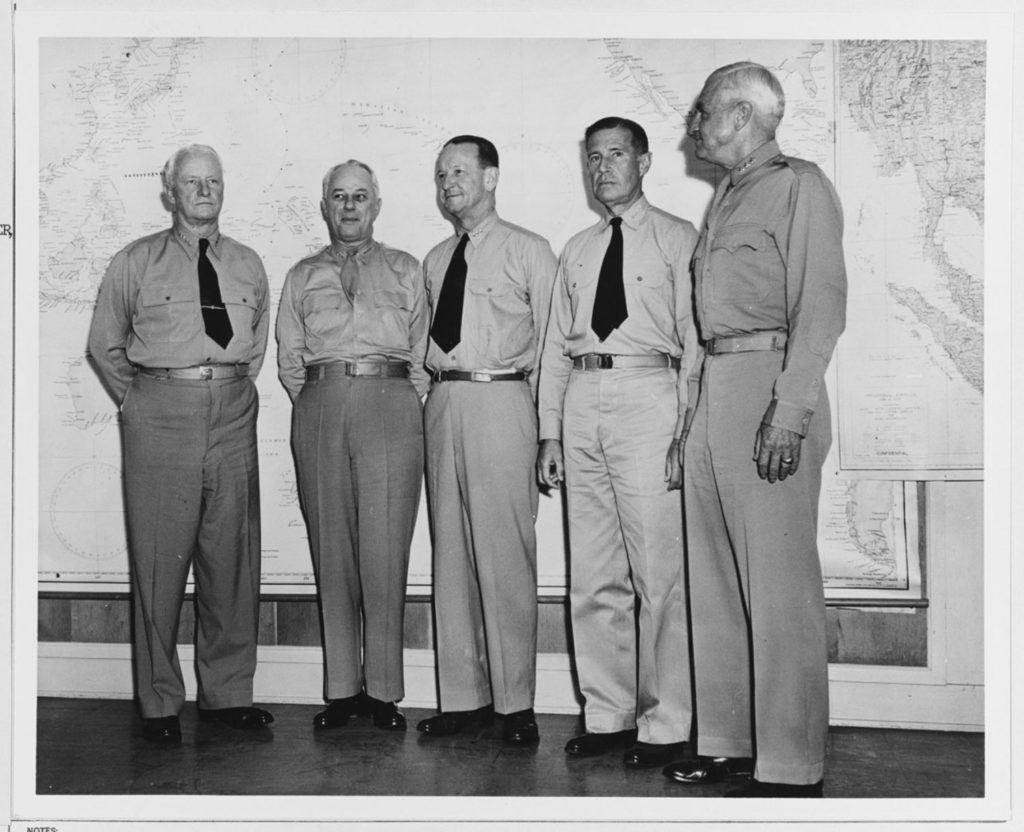
The Battle of Surigao Strait took place between October 24 and 25. Southern Force under Vice Admiral Shoji Nishimura traversed Surigao Strait towards the Leyte Beaches and awaiting them was a battle group under Rear Admiral Jesse Oldendorf with six old battleships, five of which were in Pearl Harbor. The fight was over in an hour and a half and Nishimura was killed during the battle.
The Battle of Samar took place on October 25. Center Force’s Kurita entered the coast of Samar unopposed except for the 7th Fleet’s (Kinkaid) three escort carrier units which were caught by surprise. Rear Admiral Clifton Sprague directed his Task Unit (Taffy 3) to launch their planes while the USS Johnston fired its torpedoes at the heavy cruiser Kumano forcing it out of line. Kurita assumed that he was fighting against Halsey’s 3rd Fleet when the much smaller Allied Fleet exchanged all the firepower they had, coupled with Allied aircraft attacks (albeit older models). Kurita received reports of American carriers steaming north of his position. He ordered his fleet to head north towards San Bernardino strait, thereby losing the chance to annihilate the Allied units off Samar. However, kamikaze aircrafts sank escort carrier St. Lo and damaged others.
The Battle of Cape Engaño (northeastern point of Luzon) took place between October 25 and 26. Part of IJN’s Northern Force under Ozawa consisted of four aircraft carriers, one of which took part in the Pearl Harbor Attack, the Zuikaku. The Northern Force was not located by the U.S. 3rd Fleet until 16:40 on October 24. Around dawn, Ozawa launched 75 aircrafts to attack the 3rd Fleet, most of which were shot down. By dawn on the 25th, American carrier groups launched their first strike until the evening when the Zuikaku and other light carriers were lost. The Zuikaku, the symbol of Imperial Japanese might sank at 14:14 taking the lives of Rear Admiral Kaizuka Takeo and 842 of the ship’s crew. The Imperial Japanese Navy was crippled beyond repair by the Battles of Leyte Gulf, enabling the Allied Forces to continue the liberation of the Philippines and eventually winning the war.

In September 1944, the Allied Forces started bombing airfields in the Philippines. The Imperial Japanese Army started a systematic extermination of prisoners and civilians called “Zonas” or Zonification. On December 14, 1944, as warning sirens sounded off in the Allied POW camp in Palawan, the American prisoners were ordered into the bomb shelters. The Japanese guards doused off the entrances with gasoline and proceeded to burn the prisoners. Out of 159 prisoners, only 11 survived. Zonas took place in every small town.
Men and women were rounded off and taken to a gathering place (often times a church or a school). A local person wearing a “bayong” (woven basket) to cover his/her face, except for the eyes, would point at suspected ex-USAFFE (U.S. Army Forces in the Far East) soldiers or anyone suspected of having any sympathy for the United States. The Japanese soldiers would then proceed to torture them followed by execution. In some towns, even the old, the infirmed and the young were not spared. In February 1945, 2,298 civilians were executed in Lipa, Batangas by bayonets, gunfire, burial in wells or burning. Following the successful rescue of 2,147 Allied civilian prisoners in Los Baños, Laguna on February 23, 1945, the Imperial Japanese Army retaliated by slaughtering 1,500 civilians. In the Battle for Manila between February and March 1945, many civilians took refuge in convents and churches. This did not deter the Japanese soldiers from raping, killing and burning them. In one month’s time, an estimated 100,000 civilians perished in Manila from the systematic extermination and shelling. By the end of the war, an estimated 1,000,000 civilians had perished in the Philippines. Manila became the second most devastated city after the war, next to Warsaw.
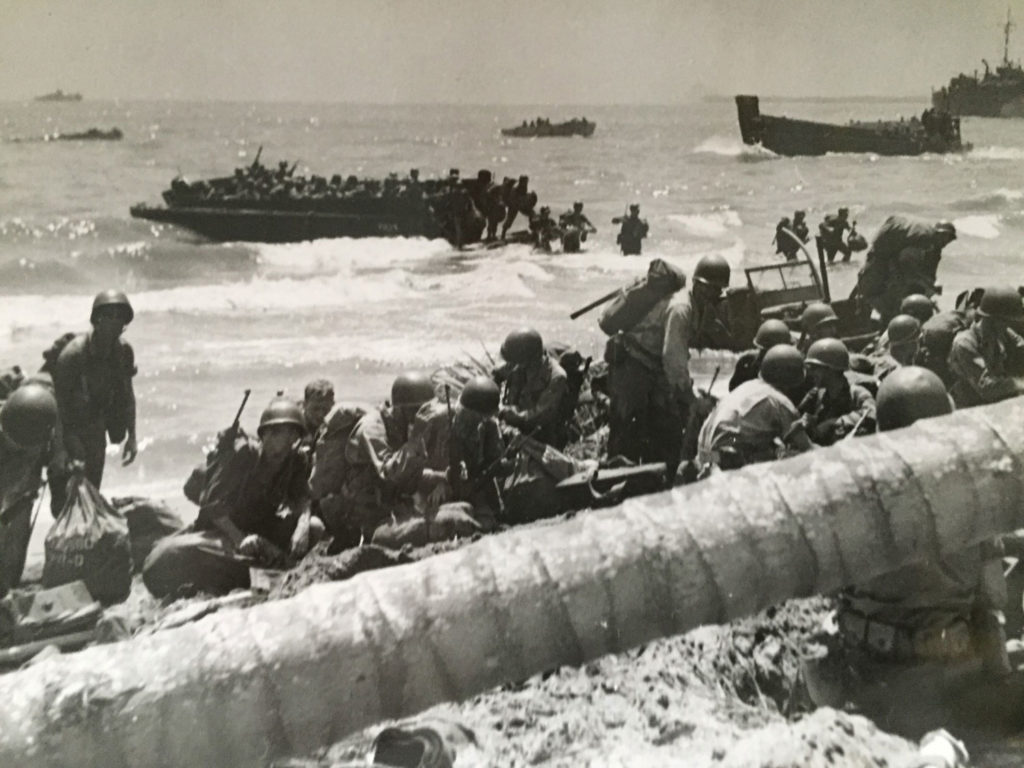
The extermination of Filipino civilians during WWII is an important story that remains to be told. Just as the Jews have told the world of their people’s extermination during World War II, the Filipinos have a sacred obligation to let the world know about these crimes against humanity. Only a handful of veterans and survivors are left to tell the story. Once they are gone, this seminal point in history will be lost forever, thereby robbing future generations of Filipinos and Filipino-Americans of their precious heritage. That is why Bataan Legacy Historical Society (BLHS) worked successfully with the California Department of Education to include WWII in the Philippines in the Grade 11 U.S. History Curriculum Framework (part of Chapter 16). Sample lesson plans including primary documents are available for free through its website www.bataanlegacy.org. To carry out its mission to instill civic pride and engagement in young adults through the lessons of WWII in the Philippines from the perspectives of Filipino and American military and civilians, BLHS has two major annual events in the Bay Area – the Commemoration of the Bataan Death March in April and its annual Conference on WWII in the Philippines in September.
*Cecilia Gaerlan is the Founder and Executive Director of Bataan Legacy Historical Society. She founded the organization to address the lack of information about the role of the Filipinos during World War II in the Philippines and to seek justice for the Filipino veterans whose benefits were rescinded in 1946. Bataan Legacy Historical Society’s main goal is to educate the public on the historical significance of Bataan and World War II in the Philippines by presenting the war from different perspectives (Filipino, American, soldiers and civilians) through its multimedia presentations, exhibitions, conferences and lectures in schools and different organizations throughout the country. It is also documenting the stories of survivors and veterans of WWII in the Philippines. She was inspired by her father, Luis Gaerlan, Jr. a Filipino veteran (41st Infantry Regiment) of WWII and a survivor of the Bataan Death March.
(Photo credits: Photos from National Archives and Naval History and History Command (unless otherwise specified)



